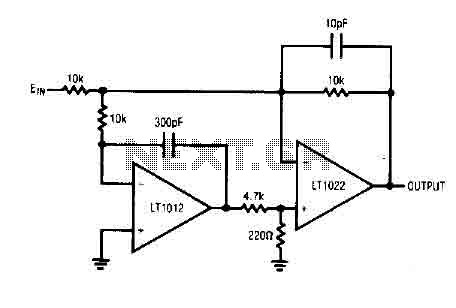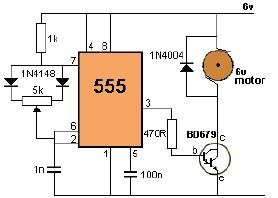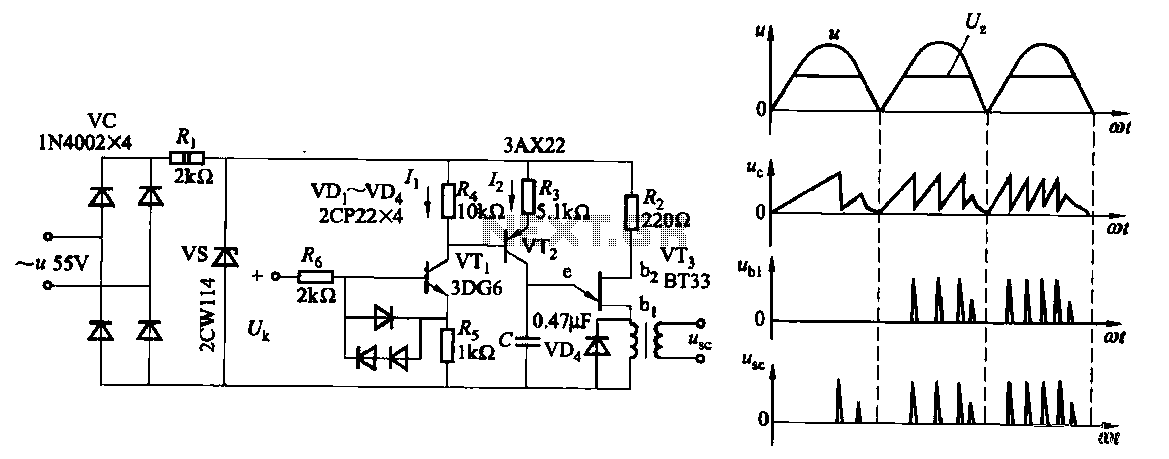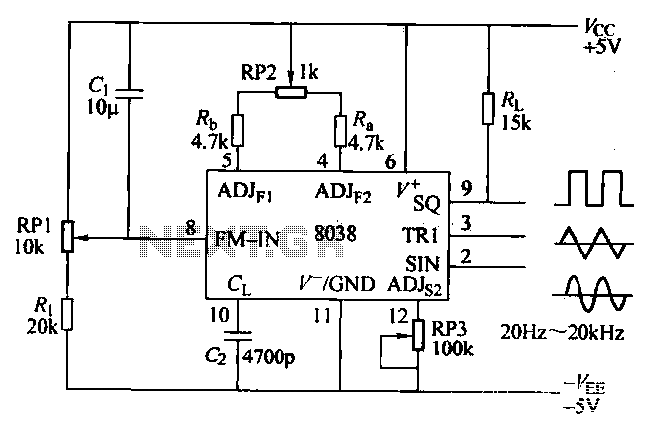
C620 lathe Y- conversion and other power-saving circuit
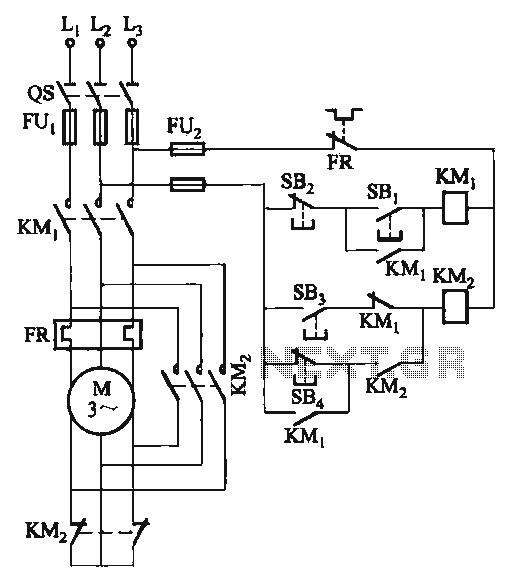
The C620 lathe Y-conversion includes a power-saving circuit designed for controlling the motor's reversing functionality. This system is applicable to machines such as the C620, C630, and CW61100A lathes, as well as radial drilling and milling machines.
The C620 lathe Y-conversion circuit aims to enhance the efficiency of motor control by integrating a power-saving mechanism that allows for motor reversal without relying solely on reversing contactor control. This approach is particularly beneficial for machines that require frequent direction changes, such as lathes and milling machines.
The circuit typically incorporates a microcontroller or a relay-based system to manage the motor's operational states. The power-saving feature is achieved through the use of advanced switching techniques that minimize energy consumption during motor operation. Additionally, the circuit may include safety features such as overload protection and thermal shutdown to prevent damage to the motor and associated components.
For implementation, the circuit design includes input terminals for power supply and control signals, output terminals for motor connections, and feedback loops for monitoring motor performance. The power-saving circuit is designed to be compatible with various machine configurations, allowing for easy integration into existing systems.
Overall, this conversion and power-saving circuit represents a significant advancement in lathe technology, providing enhanced control and efficiency for a range of industrial applications.C620 lathe Y- conversion and other power-saving circuit to the motor reversing or not reversing it, although not by reversing contactor control their machines, such as C620, C630, etc. CW61100A lathes, radial drilling, milling,
The C620 lathe Y-conversion circuit aims to enhance the efficiency of motor control by integrating a power-saving mechanism that allows for motor reversal without relying solely on reversing contactor control. This approach is particularly beneficial for machines that require frequent direction changes, such as lathes and milling machines.
The circuit typically incorporates a microcontroller or a relay-based system to manage the motor's operational states. The power-saving feature is achieved through the use of advanced switching techniques that minimize energy consumption during motor operation. Additionally, the circuit may include safety features such as overload protection and thermal shutdown to prevent damage to the motor and associated components.
For implementation, the circuit design includes input terminals for power supply and control signals, output terminals for motor connections, and feedback loops for monitoring motor performance. The power-saving circuit is designed to be compatible with various machine configurations, allowing for easy integration into existing systems.
Overall, this conversion and power-saving circuit represents a significant advancement in lathe technology, providing enhanced control and efficiency for a range of industrial applications.C620 lathe Y- conversion and other power-saving circuit to the motor reversing or not reversing it, although not by reversing contactor control their machines, such as C620, C630, etc. CW61100A lathes, radial drilling, milling,
